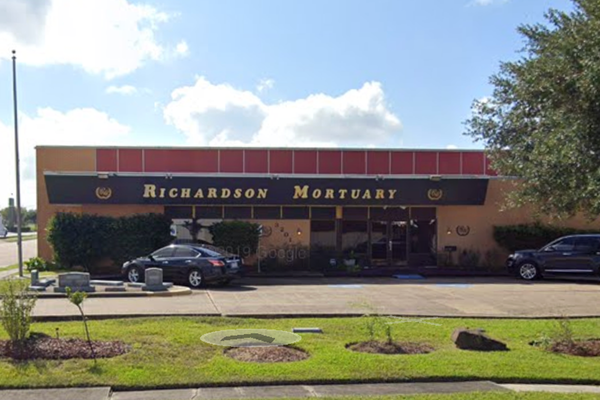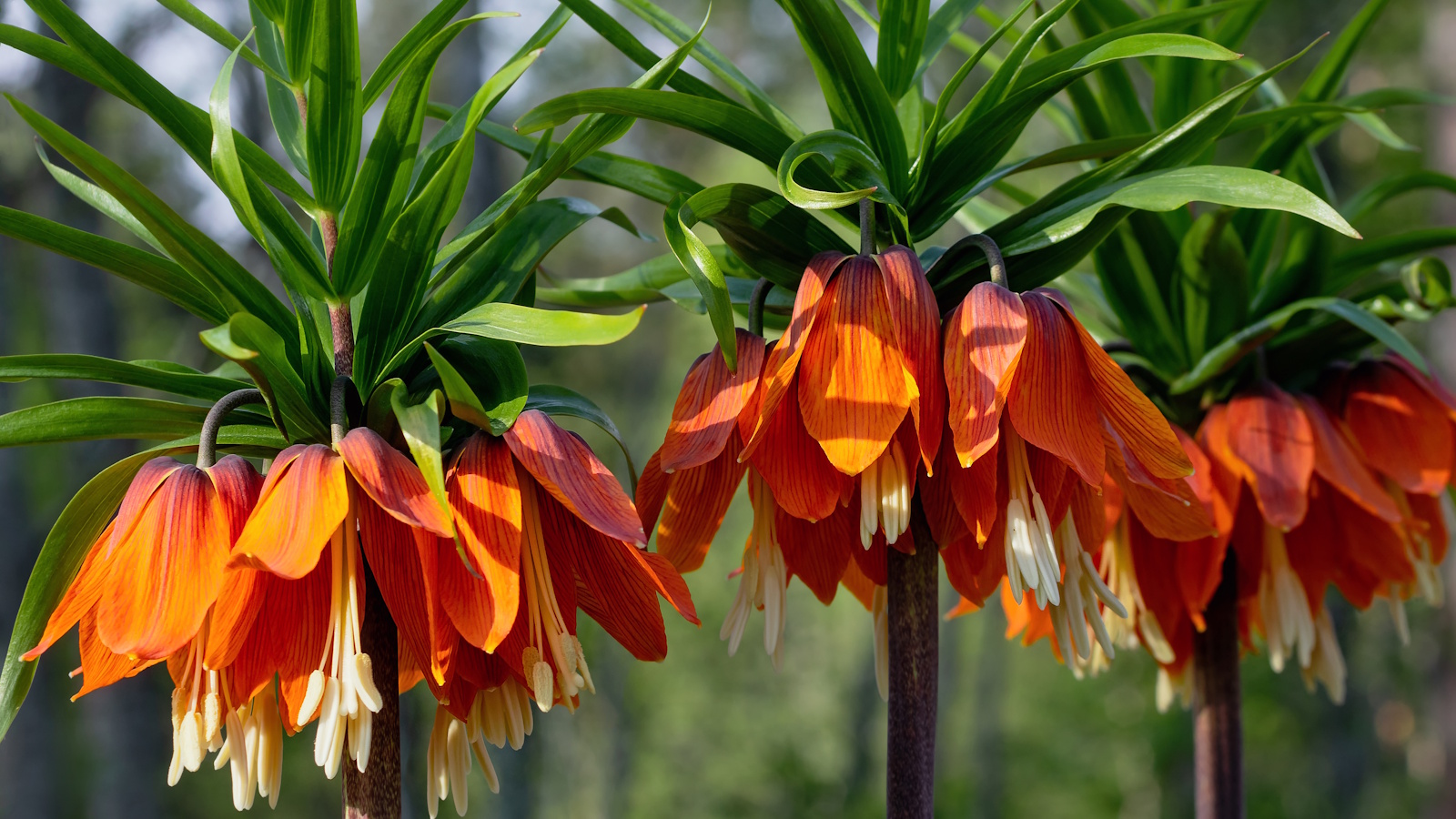
Scent is one of the most powerful elements in any garden. Whether you enjoy aromatic herbs such as lavender and rosemary or the heady perfume of roses and peonies, fragrance is transportive. But while most plants have attractive and alluring aromas, many species have evolved to do quite the opposite.
Take the corpse flower, Amorphophallus titanum, for example. Native to Indonesia’s rainforests, this otherworldly plant - seen in the image below - emits a strong, rotting stench to attract pollinators that are drawn to decaying flesh. While it’s unlikely you’ll find one blooming in a backyard, it proves the point that not all plants smell beautiful.
So, if you are landscaping your yard this year, take time to consider fragrance, including both the scents you want to include and the unsavory ones best kept away. Here, two garden experts from North America reveal the worst-smelling plants and trees to avoid planting close to a house, along with fragrant alternatives to grow instead.
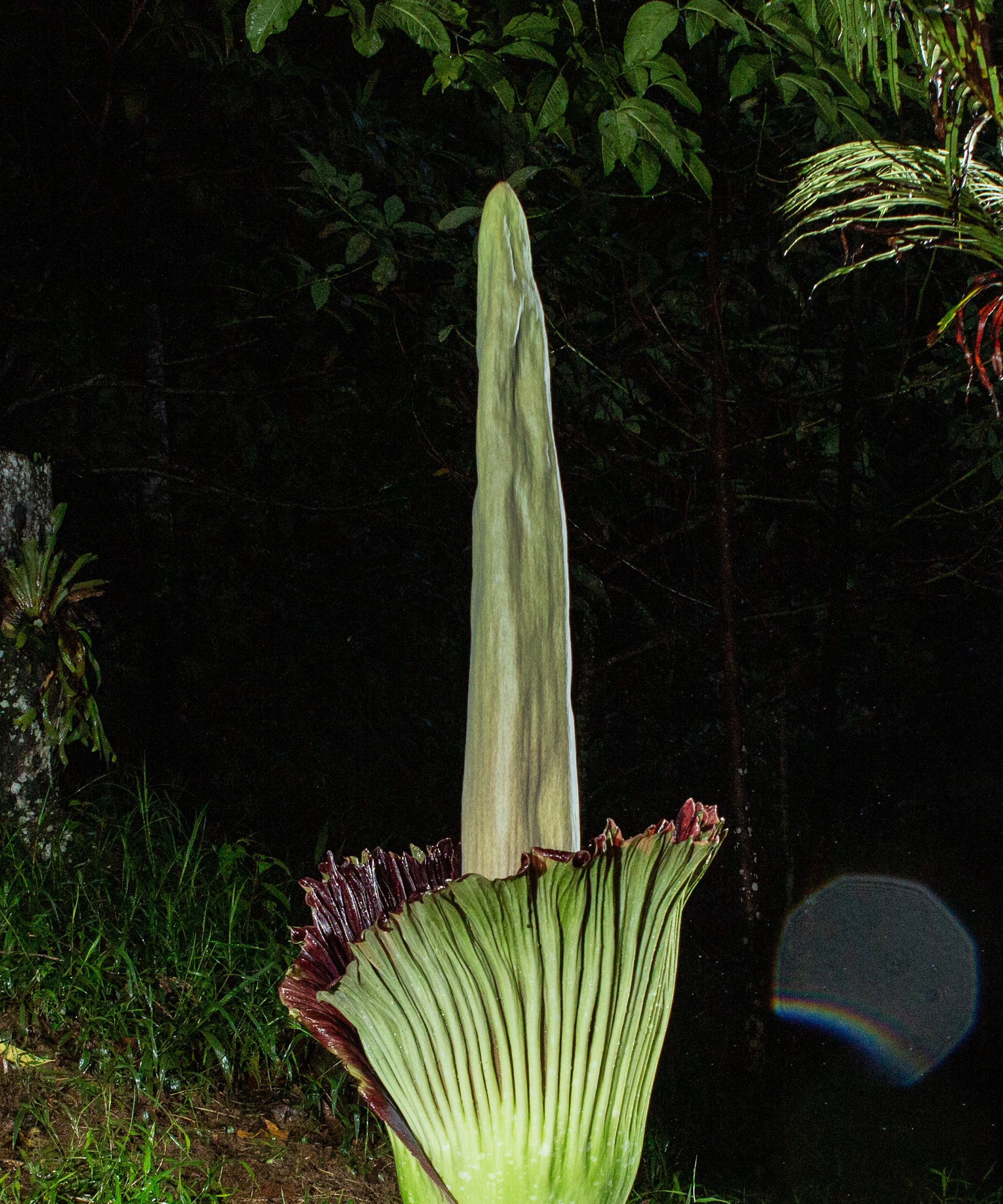
5 of the worst-smelling plants to avoid
While growing some of the worst-smelling plants is not as concerning as finding invasive plants or poisonous plants in your borders, they can detract from the beauty of your yard and damage your home's curb appeal. Here are five species that should be avoided in small spaces or grown far away from seating areas.
1. Bradford Pear
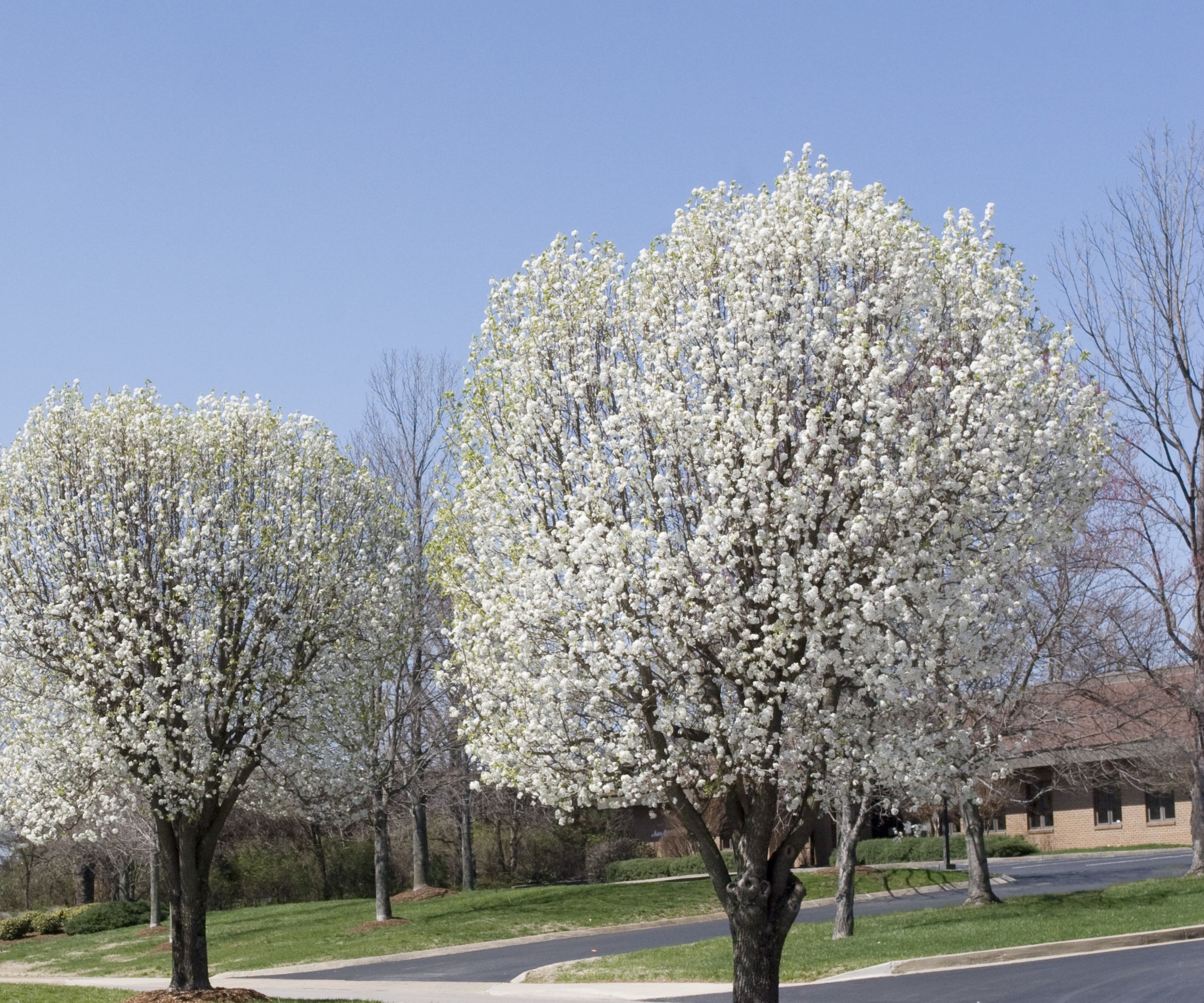
One invasive tree to avoid planting is the Bradford pear, otherwise known as the Callery pear, or Pyrus calleryana. Learning how to how to control Bradford pear trees is important, as this vigorous species can easily spread via seed and quickly get out of hand.
If you need any more convincing, Pyrus calleryana is also one of the worst-smelling plants, producing a rotting-meat or fish scent that is known to attract flies.
'Here in my state, in New Jersey, the Bradford pear is a stinking species that is highly invasive,' says Bert Bast, garden expert and owner of Bast Brothers Garden Center.
'Yes, it has beautiful white flowers in spring, but this dangerous tree should be avoided at all costs. Instead, consider growing our native redbud, which has fragrant flowers come spring.'
Learning how to grow eastern redbuds is pretty simple. They can be grown from US hardiness zone 4 to zone 9, preferring a full sun or part shade position with well-draining soil.
Eastern redbud live starter trees are available from Walmart.
2. Crown Imperials
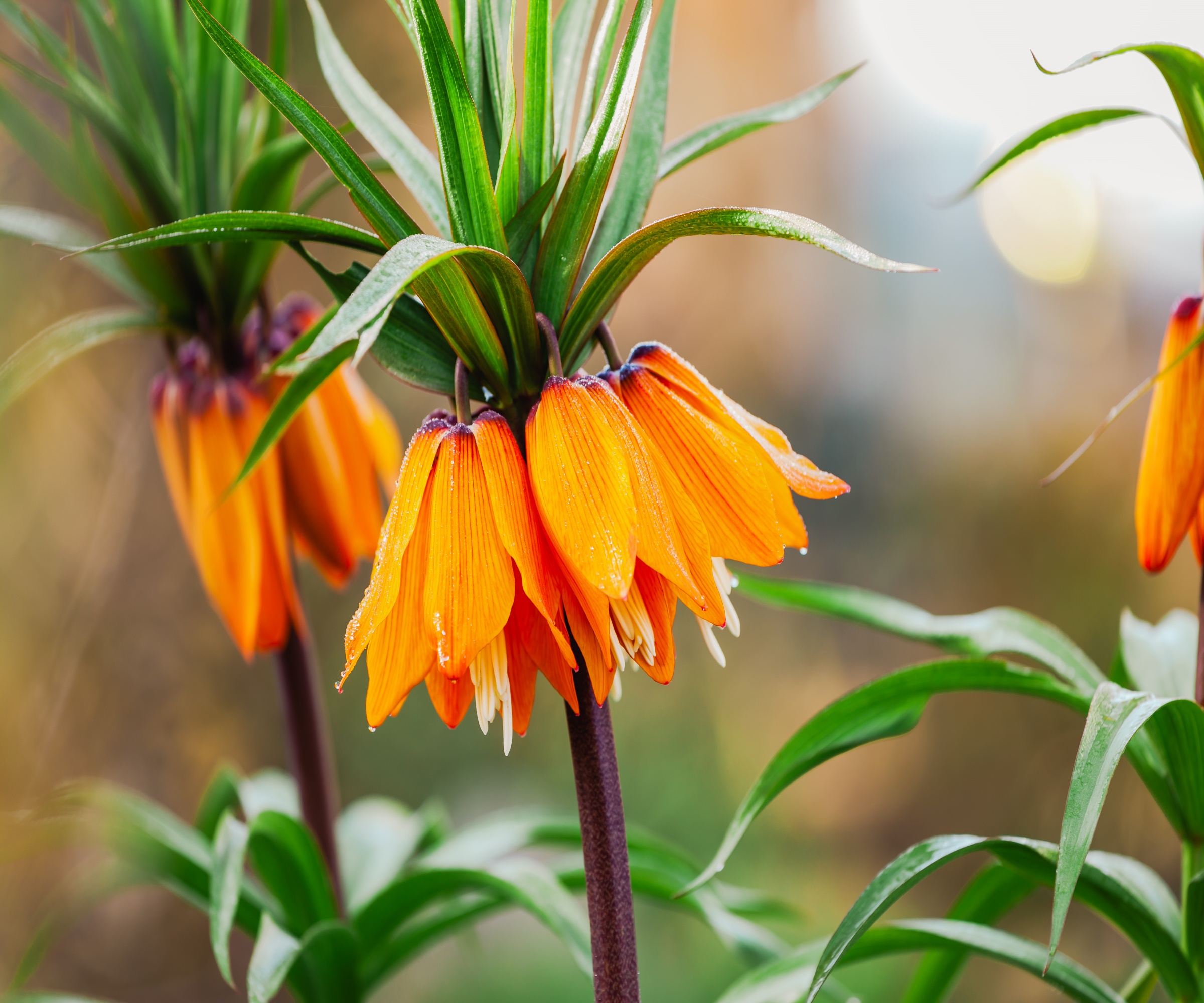
While striking with their tall orange or yellow blooms, crown imperials, or Fritillaria imperialis, are also guilty of producing a foul stench.
'These unusual, stately blooms come with an unmistakable aroma, described by some as skunk-like and by others as similar to sweaty socks,' says plant expert Katie Sunderlage, based in Wisconsin.
'While the smell of imperial fritillaries keeps pests and critters away, it is not the most appealing in your yard,' Katie adds. 'For this reason, you may choose to plant them far away from your patio or back door.'
It is also important to note that crown imperials are toxic, so when handling, use something like these long-sleeve gardening gloves, available from Amazon, which will keep the sap from irritating your arms and hands.
'These fragrant bulbs are difficult to match when trying to find an alternative,' Katie says, 'but try planting other spring flowering blooms such as daffodils or hyacinths, which are both colorful and fragrant.'
3. Sea Holly
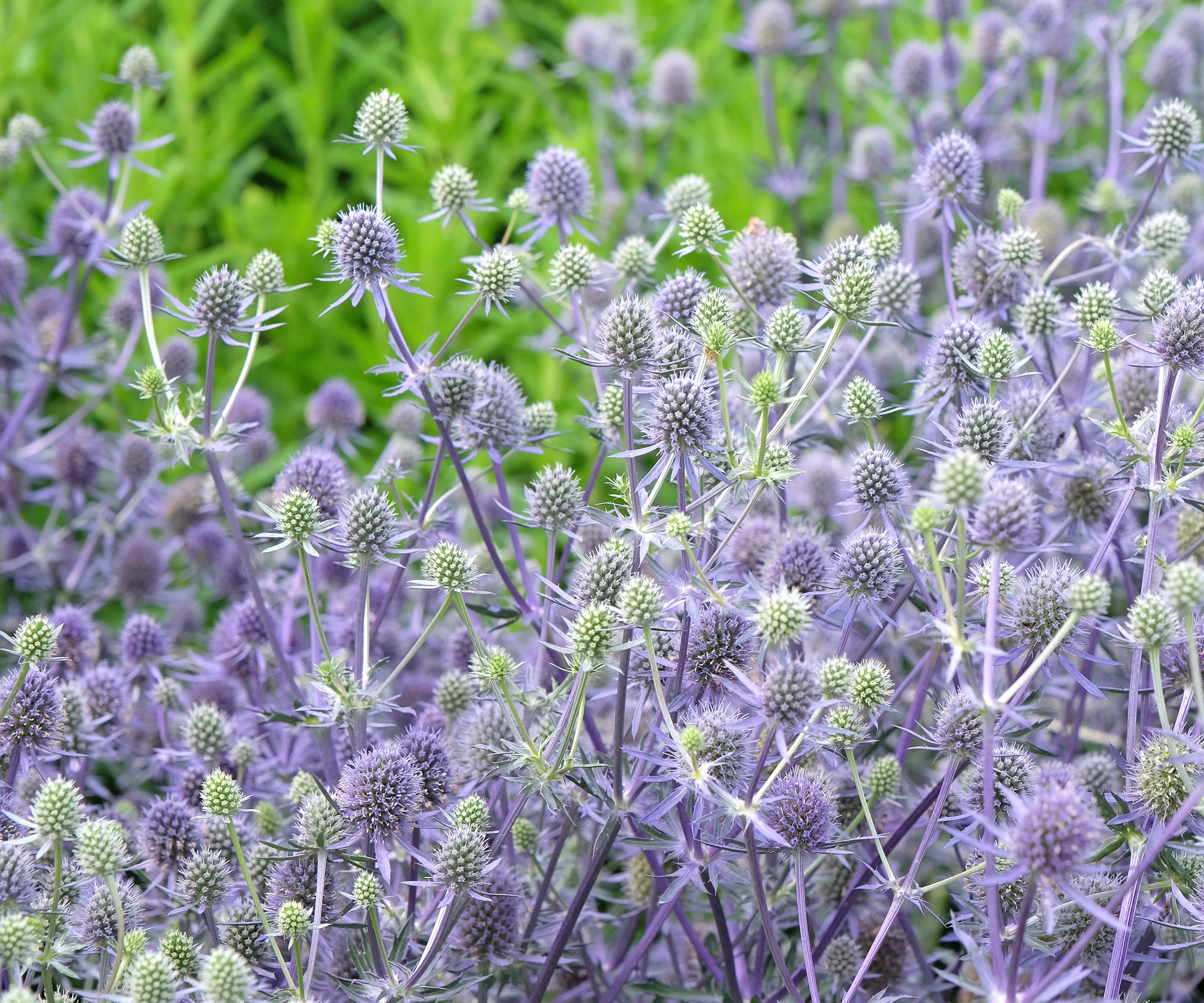
'Sea holly, or eryngium, are impressive plants,' Katie says. 'There are many eryngium varieties that are considered some of the best perennials, valued for their long-lasting blue flowers. If you are looking to inject texture and cool shades into your yard, sea holly is a top choice.
'Unfortunately, what many people do not realize is that sea holly has a smell of dog or cat droppings. You might spot sea holly in cut flower bouquets, but the pollen will probably have been removed or the stem cut before pollen develops,' Katie says.
'If you want to add blue flowers to your garden, but want to avoid the worst-smelling plants, consider growing Russian sage instead,' Katie says. 'Growing best from zone 4 plus, this aromatic plant thrives in full sun and well-draining soil.'
Russian sage live plants are available to order from Amazon, and will add a cool, calming accent to backyard borders.
4. Cleome
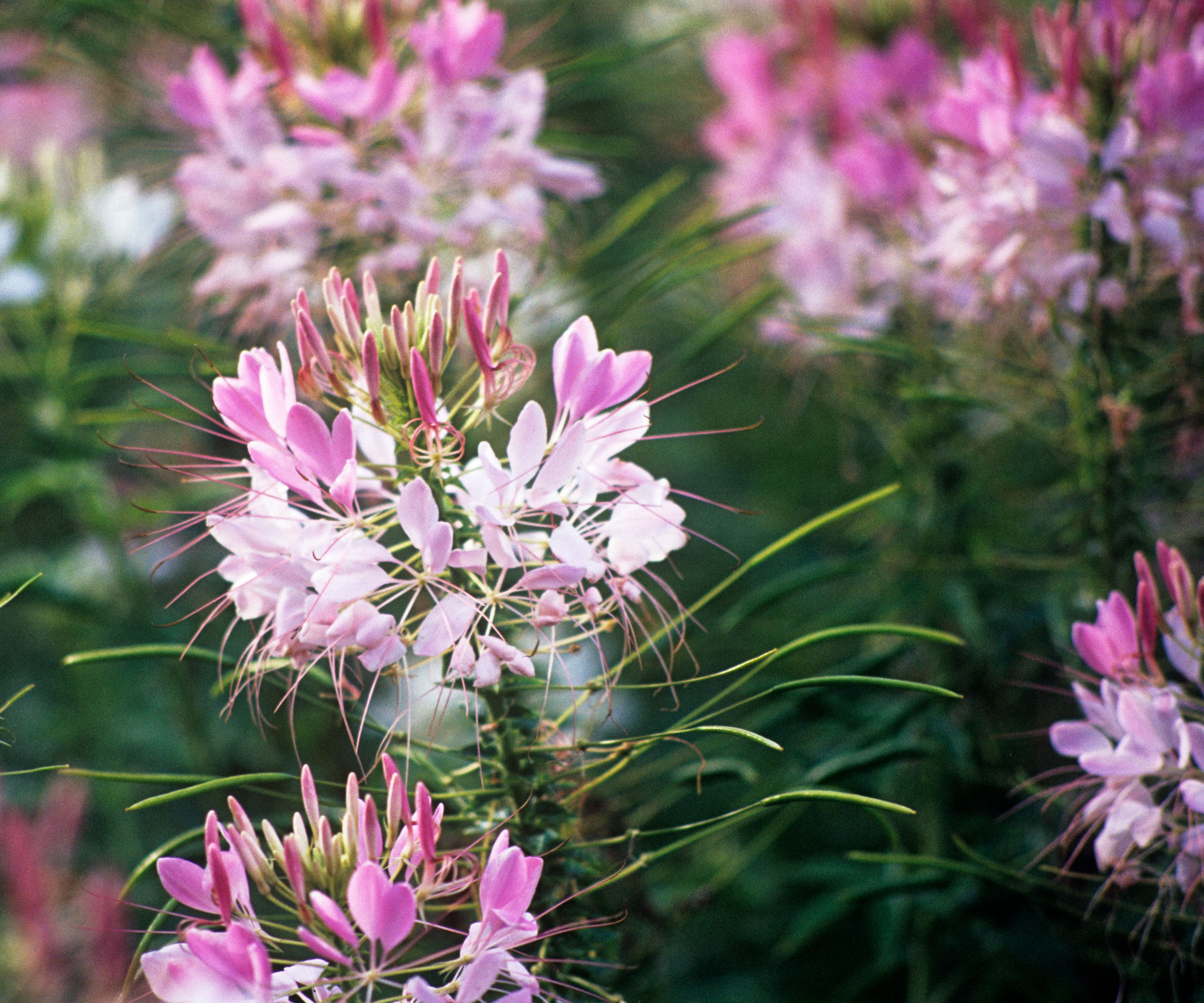
'Cleome, or spider plants, are some of the best annual flowers, used in many different garden settings to add color and impact during the summer months,' Katie says.
'While they are some of the best perennials to attract hummingbirds and other pollinators, they do not have the best aroma. Some people describe them as having a musky, pungent smell, so if you have a sensitive nose, this South American plant might be one to avoid.
'Interestingly, there are newer varieties, such as Cleome hassleriana 'Senorita Rosalita', that do not have such a foul stench when compared to the older species.'
Alternatively, you could learn how to grow zinnias, for a colorful, hardy annual, although they do not typically have any fragrance. Instead, for a fragrant annual, why not grow sweet peas and train them to grow across a tripod or trellis to add vertical interest to your plot?
Try this sweet pea 'Sweet Dreams' mix, available to order from Burpee, which will fill your yard with vibrant pops of purple, red and pink.
5. Eastern Skunk Cabbage
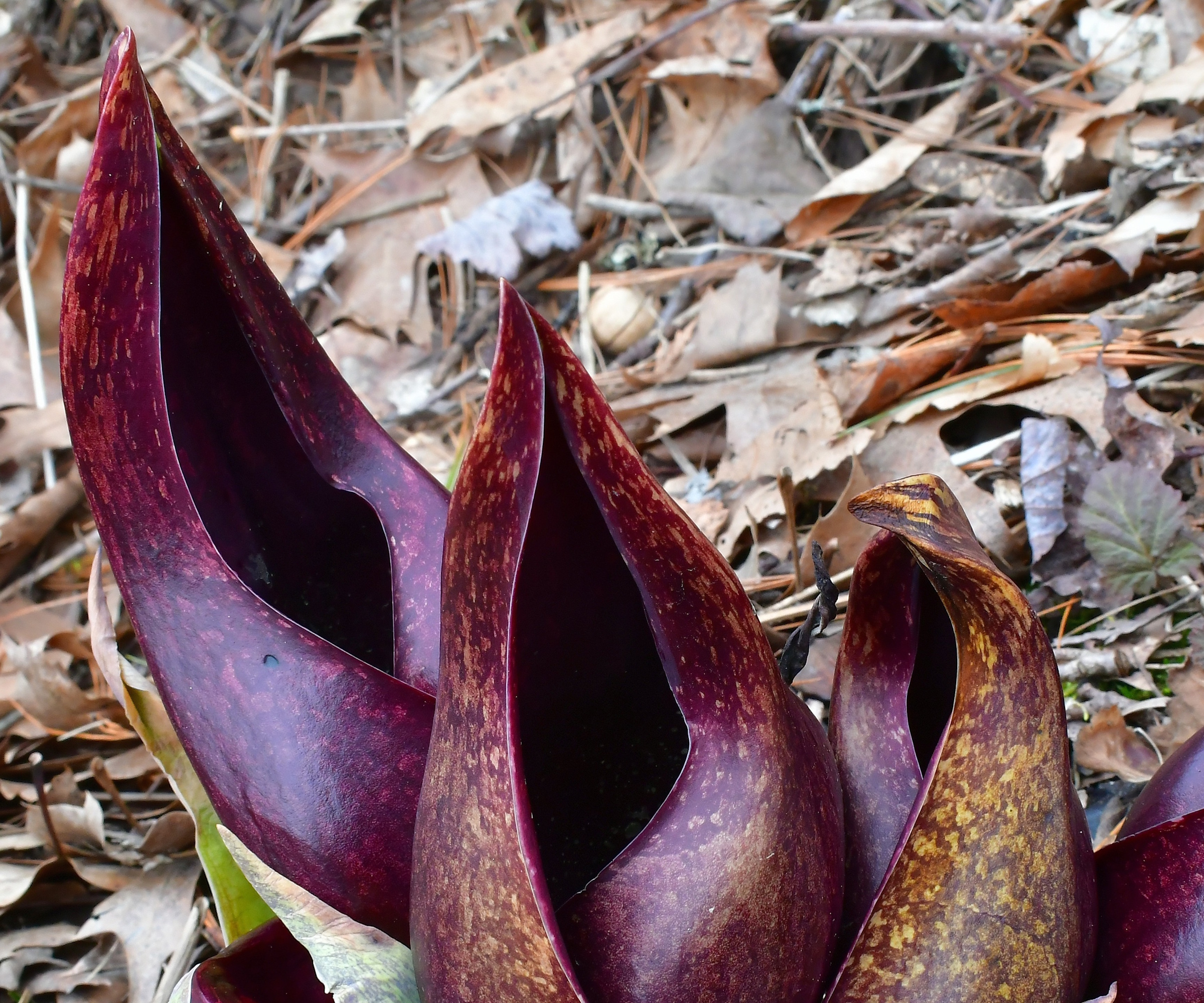
As you might have guessed by the name, the eastern skunk cabbage is not known for its sweet scent. Instead, it is famed for producing a stench often likened to roadkill.
Native to wetlands and woodlands across eastern North America, the eastern skunk cabbage, or Symplocarpus foetidus, lures in pollinators, including flies and stoneflies, with its unmistakable stench.
While unusual, this strange, alien-like plant might be one to admire from a distant when out walking in nature, as opposed to backyard borders.
For a low-growing ground cover plant that produces a floral fragrance, why not learn how to grow creeping thyme? Hardy to zone 5, creeping thyme can be used as a lawn replacement or a herb to grow at the front of borders.
Live creeping thyme plants are available from Walmart.
FAQs
Do ginkgo trees have a bad smell?
Ginkgo trees have a reputation as some of the worst-smelling plants, yet this is not true for all varieties. Only fruit-producing trees - or female trees - are pungent. During fall, acid in the fleshy seed coating creates a foul smell, often likened to animal feces, which is intensified during decay or when crushed underfoot. If you are keen to grow a ginkgo tree in your yard but worry about the stench, ask at your local nursery to source a specimen that does not produce fruit.
Whether you have a large or small backyard, scent is important. Using some of the best fragrant shrubs can help to create a sensory environment where you want to stop, sit and pause, enjoying floral or herbal fragrances in the spring and summertime.
While growing some of the worst-smelling plants isn't the end of the world, it should be a consideration, particularly if you have a sensitive nose.
For more information, see our guide on how to harness fragrance in the yard for wellbeing.
Shop gardening accessories
These durable blue gardening gloves will keep your hands protected when weeding and pruning in the yard.
